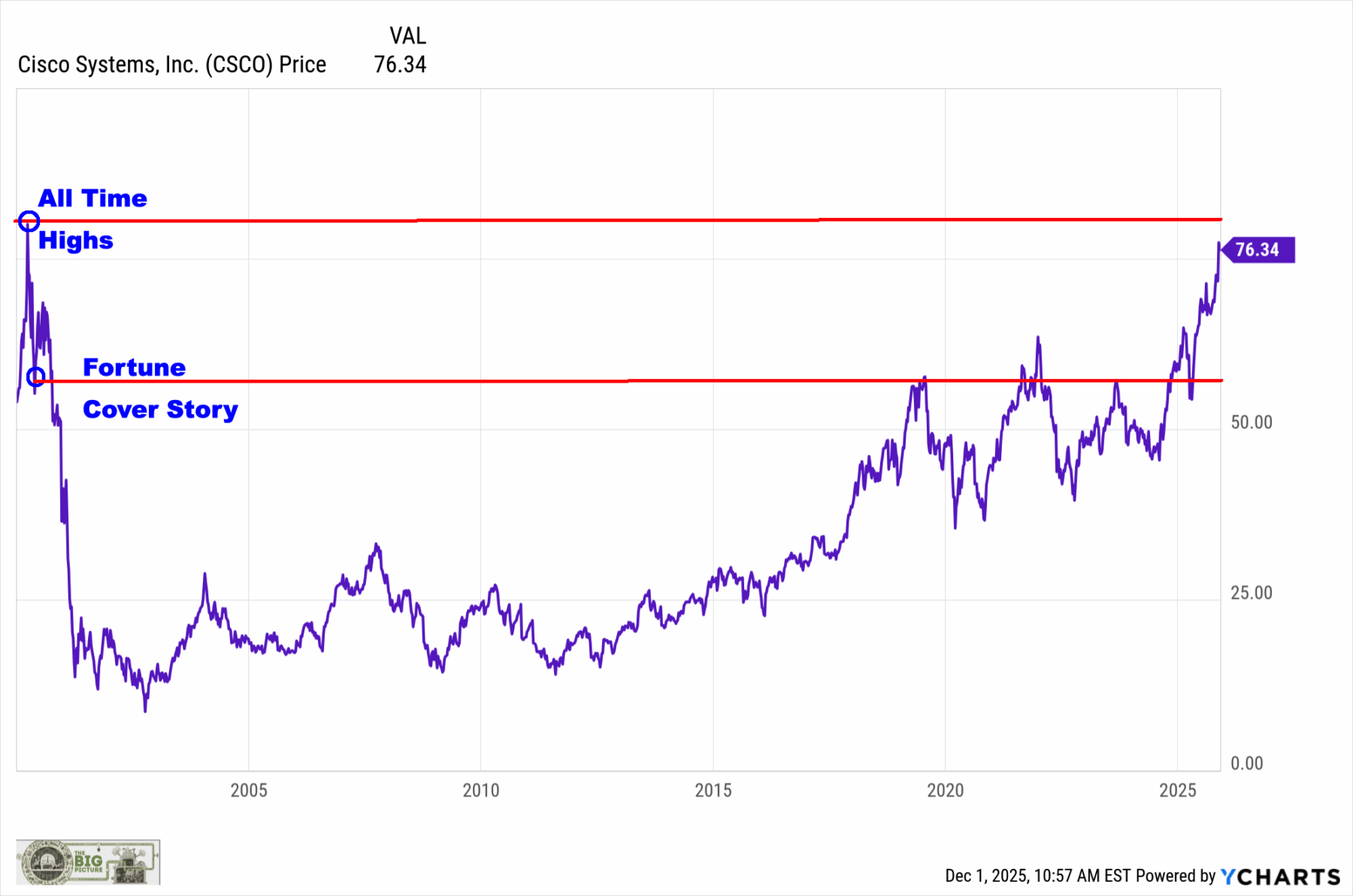Did the UK economy avoid a technical recession at the end of 2022?
The UK economy is expected to have narrowly avoided a technical recession at the end of last year, thanks to growth in November cancelling out a contraction in December.
Economists polled by Reuters forecast UK GDP to have shrunk by 0.3 per cent between November and December. In the fourth quarter overall the economy is expected to have stagnated.
If forecasts miss expectations and output fell in the fourth quarter of 2022, the UK economy would have entered a technical recession, defined as two consecutive quarters of contraction, after the economy shrunk in the three months to September.
However, even if the country did avoid entering a downturn in 2022, Philip Shaw, economist at Investec doubts “that the economy will be able to avoid a recession through 2023”.
He is not the only one. The IMF last week forecast that the British economy would be the worst performer among advanced economies and the only one expected to see its output shrink this year.
The Bank of England agrees that the economy probably sidestepped recession in late 2022. Its latest forecast this week pointed to growth of 0.1 per cent in the final quarter due to a rebound from a mini-slump at the time of the Queen’s funeral. The BoE nevertheless expects a prolonged recession to begin in the current quarter that lasts until the first three months of 2024.
That would be a shallower downturn than the central bank forecast in November, thanks to the decline in wholesale gas prices and the unexpected resilience of the labour market. Nonetheless, British output is still forecast to be smaller in early 2026 than in its pre-pandemic level in 2019, according to the BoE. Valentina Romei
Will the boom in emerging market bond issuance continue?
Emerging market governments have embarked on a record borrowing spree since the start of 2023, raising more than $44bn on international markets in January, according to data from Morgan Stanley.
With inflation cooling off in the developed world, taking the pressure off central banks to raise rates further, money has flowed back into emerging market bonds.
Technical market conditions for future issuances remain ideal, say analysts, who point to the slew of maturing bonds in 2023 which will free up resources for fund managers to reinvest. Qatar, Poland, Egypt and Turkey are among the issuers expected to come to market in during the first quarter, analysts say.
“Issuances should continue until there’s a bigger correction in risk appetite,” said David Hauner, head of EM strategy and economics at Bank of America Global Research. “Last year, many countries delayed coming to market because of unfriendly conditions and there are fears that turbulence might re-emerge, so people are trying to issue as soon as possible.”
However, the significant front-loading of issuances in 2023 could decelerate as the year continues.
“Nearly 50 per cent of hard currency sovereign issuances were done in January for the full year. So I would expect the amount to decrease,” said Uday Patnaik, head of emerging markets debt at Legal and General Investment Management.
Whether the borrowing boom continues may also depend on whether investors are right that to bet that the US Federal Reserve is close to the end of its cycle of interest rate rises.
“The perceived future direction of US interest rates will play a major role in determining whether tensions in emerging markets can ease further,” said Charles Mangin, head of FX trading at Crown Agents Bank. Martha Muir
Will Sweden’s rate rises have peaked after next week’s increase?
Policymakers from Sweden’s central bank will have to balance higher than expected inflation with an economy teetering on the edge of a recession when they meet this week.
Economists are divided over whether the Riksbank will focus on rapid price growth and go for an extra large interest rate rise, given that an ailing economy may soon force the central bank to start cutting rates again.
Erik Thedéen, one month into the top job at the Riksbank, said last week that “significant vulnerabilities”, such as banks’ exposure to highly indebted commercial property groups, have built up in the Swedish financial system. Stefan Ingves, his predecessor as central bank governor, has predicted a 20 per cent peak-to-trough decline in house prices.
Many economists predict the central bank will raise borrowing costs on Thursday to 3 per cent, a 0.5 percentage point rise. ING economists, however, caution of an “elevated risk” of a large rise of up to a full percentage point because of raging inflation and the fact that the Riksbank is keen to support the currency. The krona has declined against the euro more than 8 per cent over the past 12 months.
Capital Economics analysts see a rate peak of 3 per cent with this week’s meeting ending the tightening cycle. They are bringing forward their forecast for a first rate cut to January next year.
Fourth-quarter gross domestic product shrank 0.6 per cent from the previous three-month period while December’s consumer price index rose 12.3 per cent from a year earlier.
The government expects the economy to contract 0.7 per cent this year, with the banking group Nordea predicting a fall in GDP of around 2 per cent. The finance ministry in December said Sweden will enter a recession that is expected to last until 2025. Sarah Provan
















